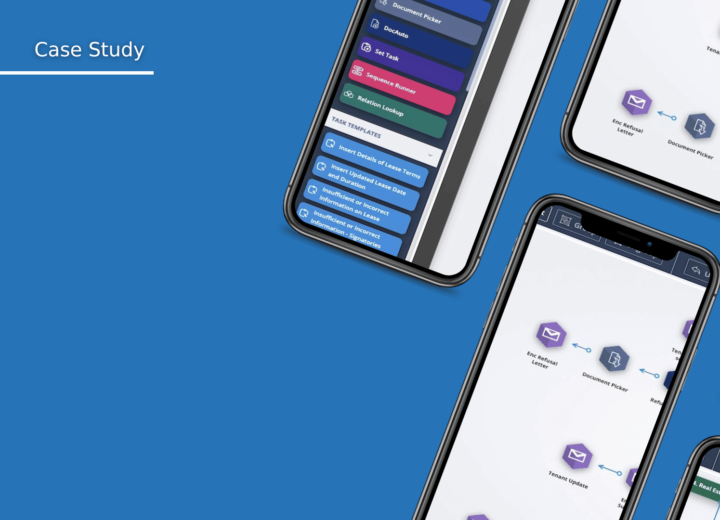Beyond velocity: how sprint data drives continuous improvement
As the year draws to a close, it’s time for retrospectives—both in life and in Agile. For those working within Agile teams, December isn’t just about reflecting on what we’ve achieved; it’s about leveraging hard data to continuously improve. While retrospectives help in surfacing insights, sprint metrics provide the backbone of that analysis. Without the right metrics, it’s easy to miss critical performance indicators and fall short on improvement opportunities.
But what exactly should we be measuring? In this article, I’ll dive into the key metrics we track in our sprints, the rationale behind them, and how these numbers help us deliver better, faster, and with fewer bugs.

Table of content
ToggleVelocity: the backbone of sprint planning and delivery
One of the most crucial metrics we track is velocity – the average number of story points completed in a sprint. Velocity is the heartbeat of the Agile system. It enables us to estimate not just the upcoming sprint but also larger project timelines with more accuracy.
In our team, we estimate tasks in story points, not hours. Why? Because story points allow us to capture the complexity and effort of a task without tying it down to rigid time estimations. This practice frees us from the precision trap—after all, developers’ work isn’t just about time; it’s about navigating unknowns, collaboration, and solving unexpected problems. Jeff Sutherland, one of the co-creators of Scrum, notes that story points introduce flexibility, making Agile adaptable to real-world uncertainty.
However, simply tracking velocity isn’t enough. We continuously compare velocity across sprints, digging into deviations. Did the team experience a drop in velocity? We investigate to find out why—whether it’s technical debt, unclear user stories, or unplanned work creeping in. On the flip side, when we see a spike in velocity, we also identify behaviors and patterns that led to success. Whether it’s improved collaboration, better refinement sessions, or fewer interruptions, understanding these factors allows us to replicate high-performing sprints in the future.
Developer defects: reducing unnecessary rework
The second metric we track is development defects—essentially, how many issues arise in the code that require fixing during the development phase. These are bugs that slip through the cracks before reaching production. Each defect represents time taken away from building new features, and worse, it undermines team morale and slows overall progress.
Measuring the number of defects and the time spent fixing them allows us to identify problem areas in our development process. It enables us to shift our focus upstream—improving our code review process, better understanding technical debt, and making sure our stories are well-groomed before the sprint begins. By identifying and reducing defects early, we can minimize costly rework and reduce technical friction in our development cycles.
Feature progress: spotting bottlenecks
Some features, especially more complex ones, extend across multiple sprints. We track detailed progress for these long-running features to understand why they’re dragging. Are dependencies on other teams slowing us down? Are there unclear requirements? Or is it a lack of focus from the development team?
This analysis helps us spot bottlenecks in the process. More importantly, it allows us to fix them by adjusting resources, re-clarifying scope, or even breaking larger stories into smaller, more manageable tasks.
Sprint scope: maintaining agile flexibility
Scope creep is the bane of any Agile team. To combat it, we closely monitor how our sprints are planned. A good sprint has a clearly defined scope that should not be altered unless absolutely necessary. But, in reality, product owners often want to add to the scope mid-sprint.
Our rule is simple: if we add something, we remove something. This “give-and-take” philosophy keeps us nimble while ensuring the team isn’t overloaded, which could lead to burnout or diminished quality. It’s all about keeping work sustainable, a principle deeply rooted in the Agile Manifesto itself.
Average development time: deconstructing misleading results
Tracking average development time per story is another eye-opening metric. We’ve segmented this by story points to understand how long, on average, it takes to deliver a feature of a certain complexity.
Interestingly, our data has shown that stories estimated at 1 story point often take longer to complete than those with higher story point estimates. At first glance, this seems counterintuitive. After all, shouldn’t simpler stories be finished faster? The insight here is that these “quick” tasks often get deprioritized. Knowing this has enabled us to tighten our process around small tasks—making sure they are fully refined, understood, and focused on within the sprint.

Estimated time vs. actual time: closing the estimation gap
Agile teams thrive on continuous improvement, and one way we pursue this is by comparing our estimated time versus actual time spent. It’s a key metric for improving our estimation accuracy. If we consistently under- or overestimate tasks, it tells us something about how we approach sprint planning.
By carefully analyzing the discrepancies between estimates and actuals, we can make more realistic projections for future sprints. Over time, this fine-tuning leads to better sprint predictability, reduced rework, and more consistent delivery. It’s a critical feedback loop that helps us refine our planning capabilities and match expectations with reality.
Why these metrics matter: from data to insights
So, why all these metrics? What’s the bigger picture?
- Informed decision-making: Sprint metrics are the compass that guides our decisions. From how we allocate resources to how we plan long-term releases, these numbers inform every aspect of our workflow.
- Predictability: By measuring velocity, average development time, and estimated vs. actuals, we gain a clearer understanding of what we can deliver and when. This predictability is crucial for both stakeholders and developers.
- Continuous improvement: Metrics are not just for reporting; they fuel our retrospectives and refinement sessions. They help us spot inefficiencies, understand root causes of delays, and highlight areas of success we can amplify.
- Quality assurance: Tracking defects helps us catch issues early, reducing the cost and impact of technical debt. Fewer bugs mean less time spent on firefighting and more time spent building value for the customer.
- Sustainable development: Metrics help prevent burnout. By keeping an eye on sprint scope, development time, and defect rates, we can balance workload and keep the team happy and productive.
Mastering Agile through data
The key to effective Agile metrics lies not just in gathering data, but in turning that data into meaningful insights that inspire action. As Mary Poppendieck, a pioneer of lean software development, wisely puts it: “Measure to improve, not to prove.” It’s not the numbers themselves that lead to progress, but the stories they tell and how we act on them.
As we step into the new year, armed with another year’s worth of metrics, we’re better positioned to leverage our successes and learn from our challenges. After all, that’s what Agile is all about: adaptability, learning, and continuous improvement.









